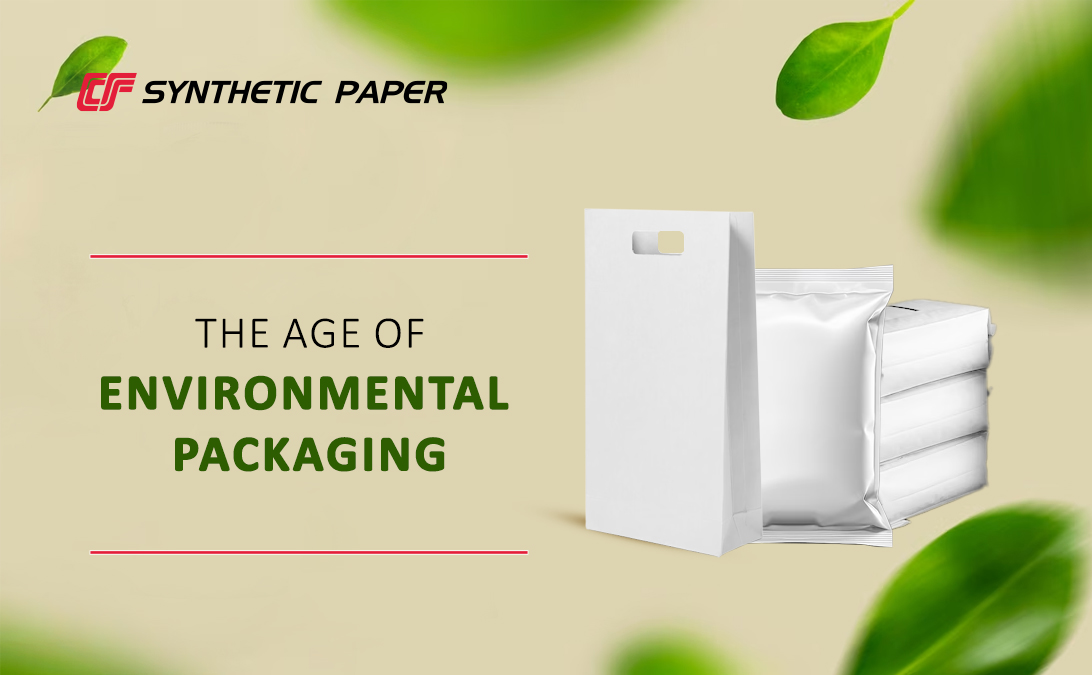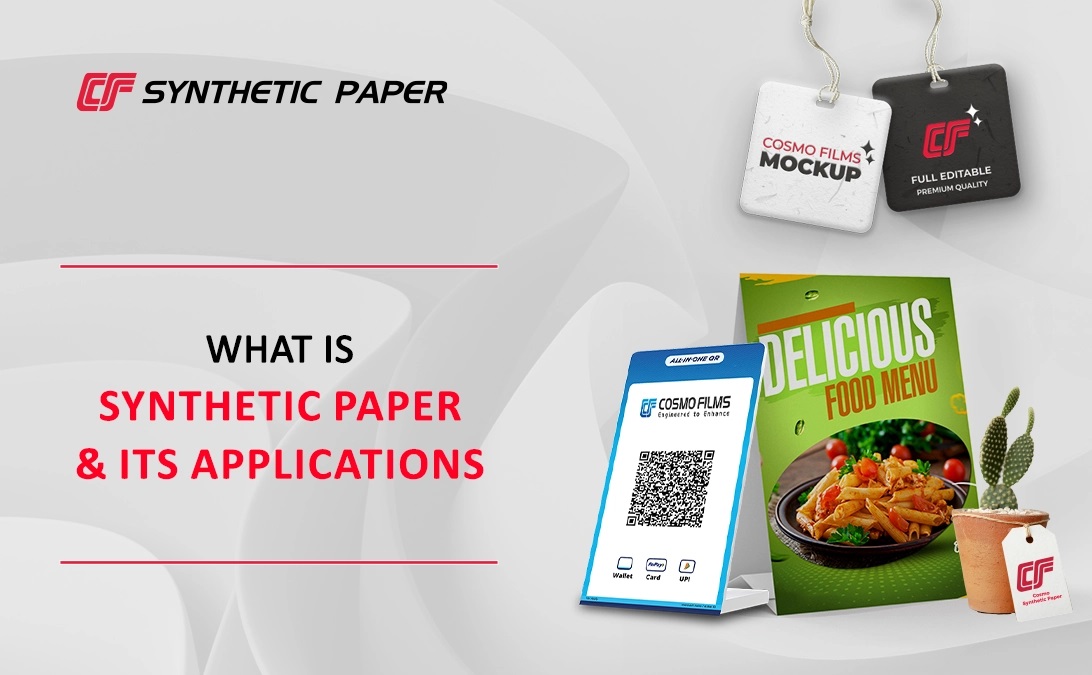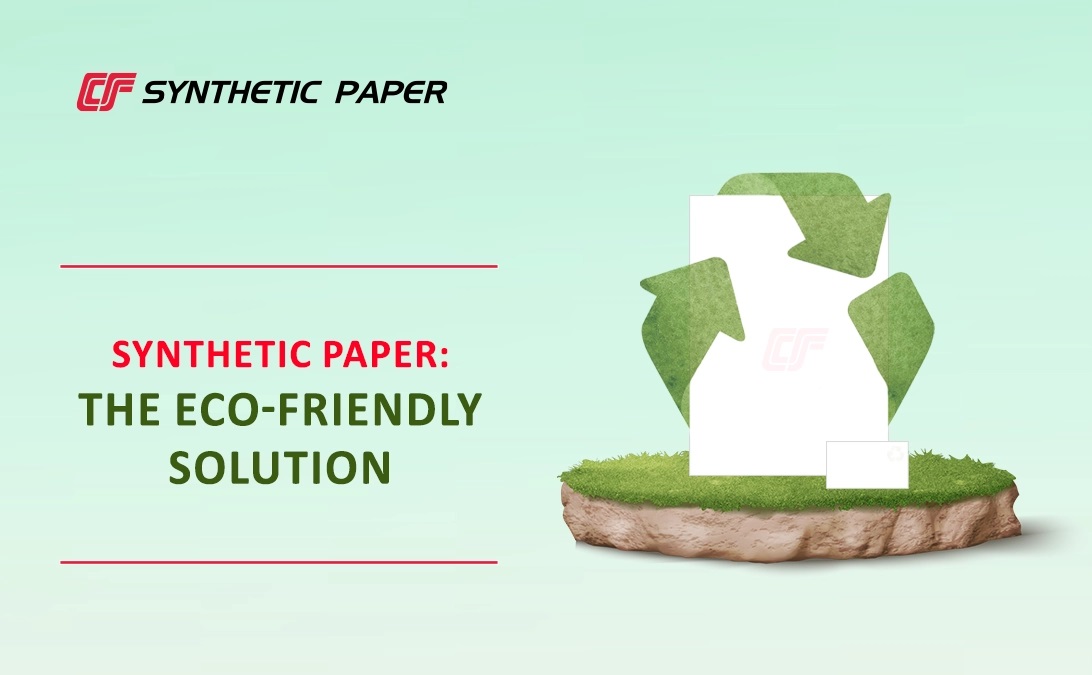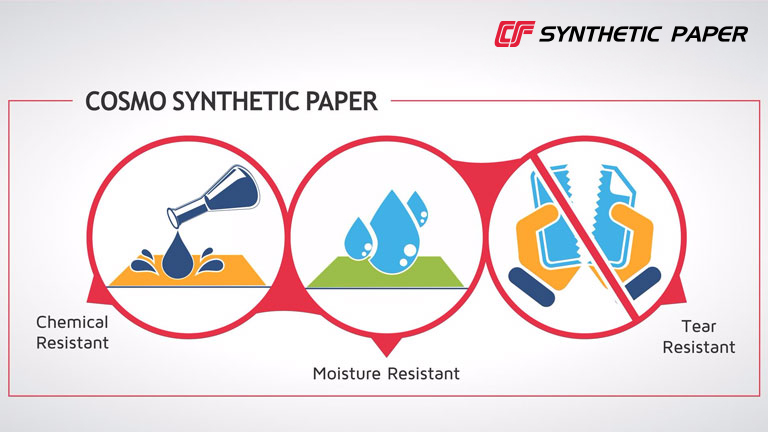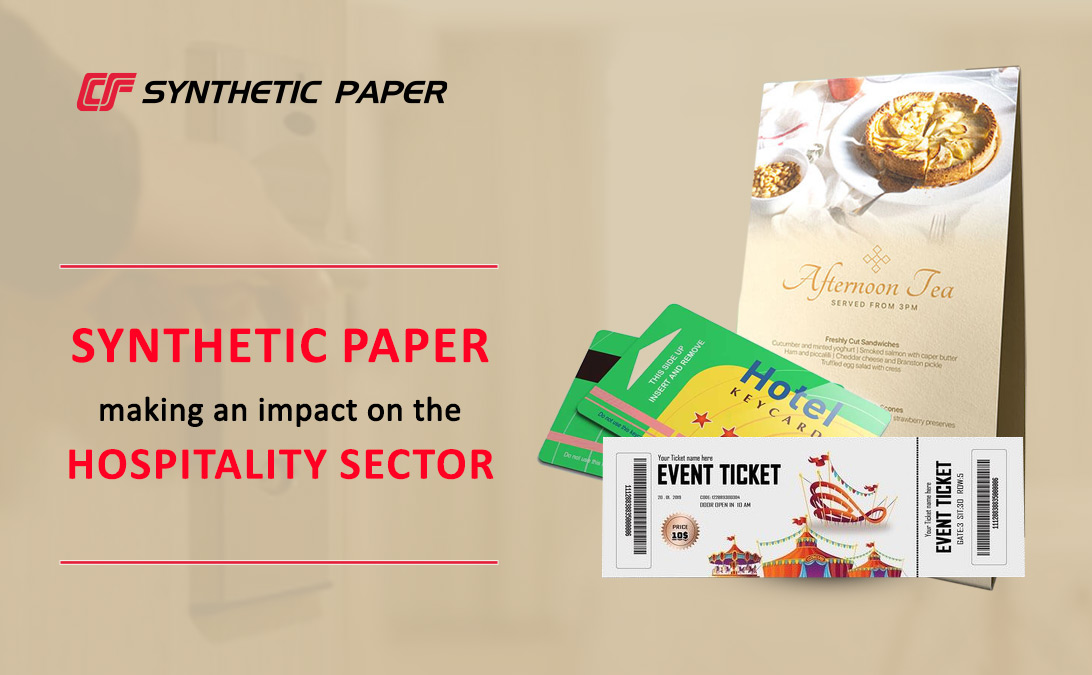Packaging plays a pivotal role in brand positioning for any industry. It creates brand visibility and is important component of brand experience. Packaging is crucial because it interacts with the customer even before the actual product. It draws new customer to purchase a product and provides all essential information required by the customer.
How packaging effects environment?
Packaging industry overall consumes a large amount of paper annually. Most of the packaging material across industries are made of conventional paper made from wood pulp extract. It is one of the leading causes of mass deforestation across the globe. It is rapidly contributing to raising global warming and is highly unsustainable form of packaging. Conventional paper also has the added challenge of recyclability & reuse. This contributes to increasing waste levels globally.
What is the sustainable alternative?
While there is a heavy competition in market between paper and lamination for packaging, regular paper is steadily getting replaced by a much greener solution known as Synthetic Paper.
Synthetic paper is the green tech driven solution, innovated to replace conventional paper across industries. It can revolutionize the packaging industry by eliminating the extensive use of traditional paper in packaging. Synthetic paper is polymer resin-based paper that is 100% biodegradable in nature. It looks like paper, works like paper but has resistance and endurance of a polymer film. It contributes to sustainable packaging in many ways. It has mechanically enhanced properties that can significantly contribute to businesses trying to adopt an eco-friendly practice.
Why is synthetic paper green game changer in packaging industry?
It important that packaging materials with extensive and heavy usage have easy recyclability. Synthetic paper material is excellent reusable and recyclable packaging material. Unlike traditional paper it is much more biodegradable and is less of an environmental hazard. It can be easily recycled using traditional recycling machinery. PP synthetic paper, for example uses a homogeneous structure that facilitates the recycling process.
Industries like retail and e-commerce that use one time paper applications such as shopping bags and packaging, can generously reduce their waste footprint by switching to more recyclable paper alternative.
Reduced waste generation - Synthetic paper significantly contributes to reduction of waste generated from use of traditional paper in packaging. It reduces the number of reprints required from frequent wear and tear and provides exceptional durability to all applications. It’s exceptional texture and ink adhesion also reduces smudges and print defect that can contribute to waste generation.
Increased lifespan- A very important aspect of packaging and labelling material is that it remains as good as new and intact through out its lifespan. While regular paper has limited shelf life, it fails to provide the fresh, as good as new look to the product. Paper labels tear or loose bond strength and eventually fades. In case of medicine packaging this can lead to loss of vital information.
Synthetic non-tearable paper boosts shelf life of applications as its waterproof paper with exceptional resistance to varied temperature. It makes excellent packaging for product that have extended lifespan.
Environment Friendly – Synthetic paper is far less chemically treated then conventional paper. Conventional paper manufacturing involves use of heavy chemicals. It is treated with multiple chemicals to make it whiter, brighter, and all-in all regular paper. The chemicals used throughout its manufacturing process contributes to increasing untreated chemical waste.
BOPP Synthetic paper is manufactured without heavy use of hazardous chemicals. This makes it most suitable packaging material for food packaging.
Conservation - Synthetic paper is produced using far fewer natural resources than conventional paper. Firstly, it not manufactured from natural wood, so it helps in conservation of forests. Manufacturing synthetic paper also uses far less water in production and recycling than traditional paper. Additionally Synthetic paper material also lowers greenhouse gas emissions significantly.
Overall synthetic paper is gradually becoming the go-to choice for packaging material. With its increasing popularity across industries, demand for recyclable paper is growing fast and growing steady. It is capturing a significant extent of market and is constantly evolving. Choosing the right synthetic paper however can significantly affect the packaging and aesthetics of your brand.
What is the top choice?
While there are a variety of synthetic paper available in the market, Cosmo Synthetic Paper is well recommended name. It is a biaxially oriented PP Synthetic paper that is 100?o-friendly paper and crafted with consciousness. Cosmo synthetic paper is a benchmark product to boost sustainability. It is a versatile packaging material suitable for use in variety of applications. Cosmo Synthetic Paper is PP Synthetic paper material that is available in 6 types and 2 different colours.
Connect with Cosmo paper experts today & choose the best for your next project!!



